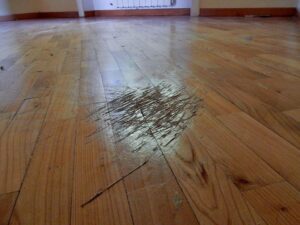Identify Grout Types Before Cleaning: A Simple Guide for West Chester Homes
When it comes to cleaning your bathroom tile floor, identifying the type of grout is crucial for a successful and efficient job.
Grout is often the main culprit attracting dirt, and understanding its type is the first step to effective cleaning. In this guide, we’ll simplify the types of grout you may encounter in your West Chester home.
Basic Types of Grout: There are two main types of grout – cementitious and epoxy.
Cementitious Grout:
- Sanded: Commonly used for ceramic, porcelain, and Saltillo tiles, it has a rough texture.
- Unsanded: Less common, ideal for natural stone to prevent scratching, suitable for narrow joints.
Epoxy Grout:
- Slick feel, can be cut with a knife, moisture-resistant, and easier to clean than cementitious grouts.
- Sanded Epoxy: Expensive and less common, used in joints of ¼” or less, suitable for specific appearances.
- Unsanded Epoxy: Used in narrow joints of 1/8th inch or less, commonly seen on granite countertops and floors.
Identification Tip:
To distinguish between Cementitious and Epoxy grout, use a simple knife test. Cementitious grout will be dry and powdery, while Epoxy grout can be cut like plastic. Epoxy grout doesn’t require sealing, providing extra hygiene in specific environments.
Understanding the type of grout in your bathroom tile floor is essential for effective cleaning. Armed with this knowledge, you can confidently maintain a clean and appealing bathroom space in your West Chester home.




